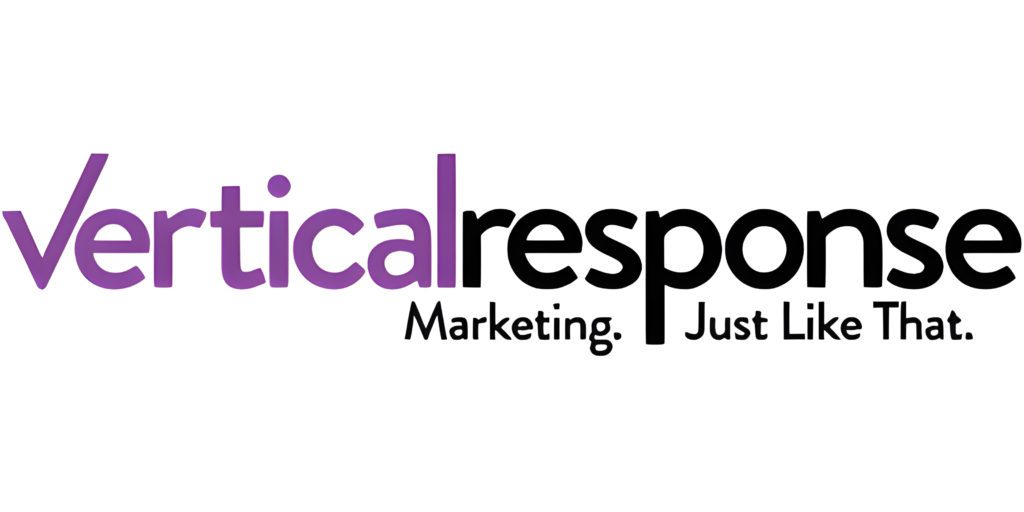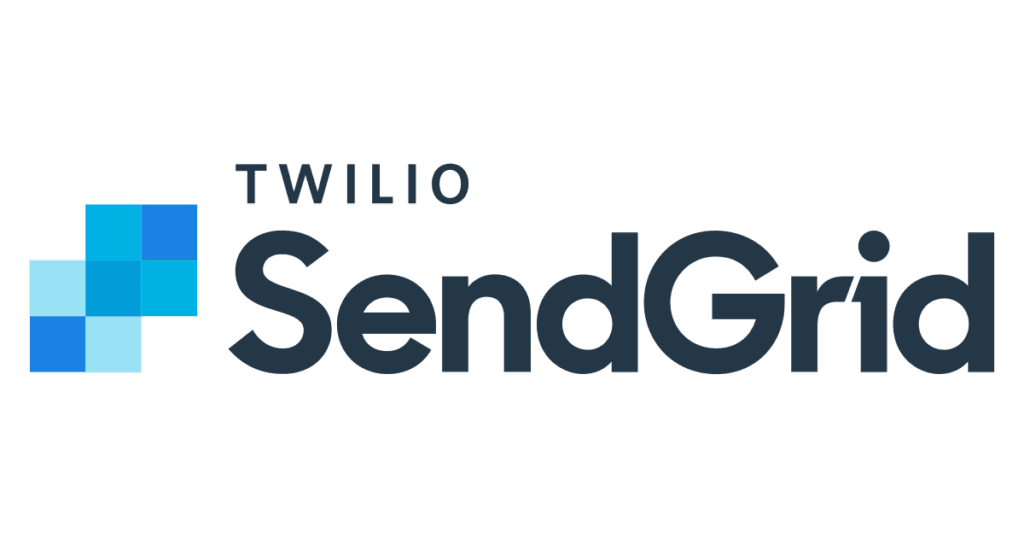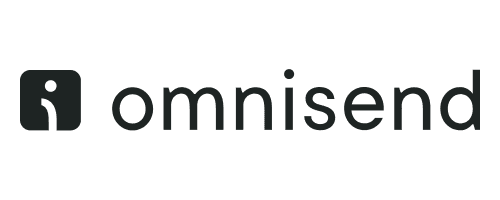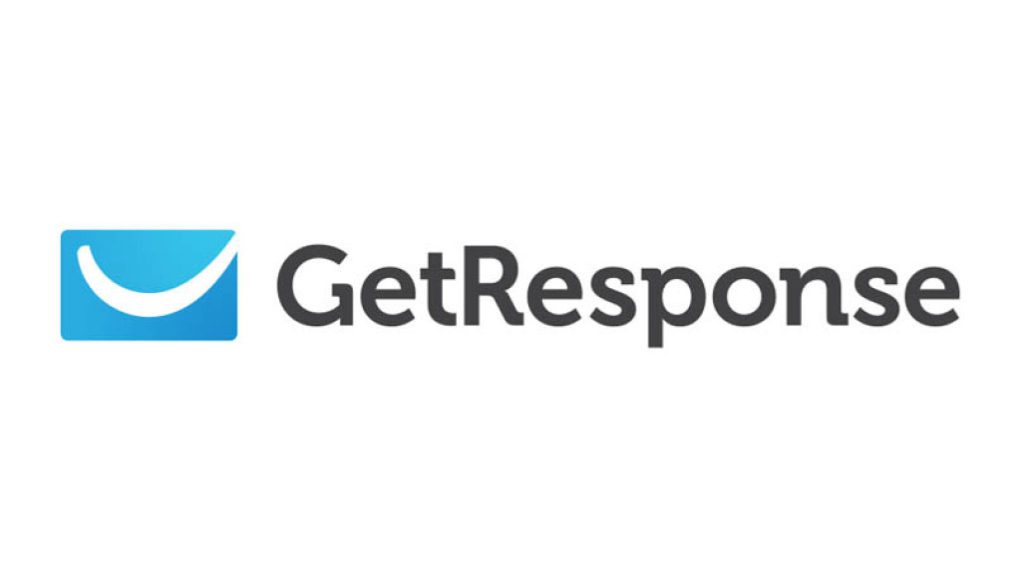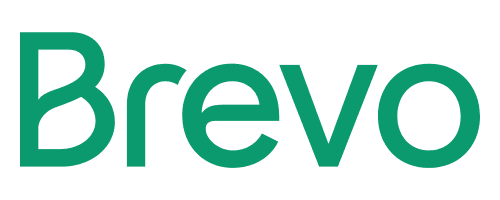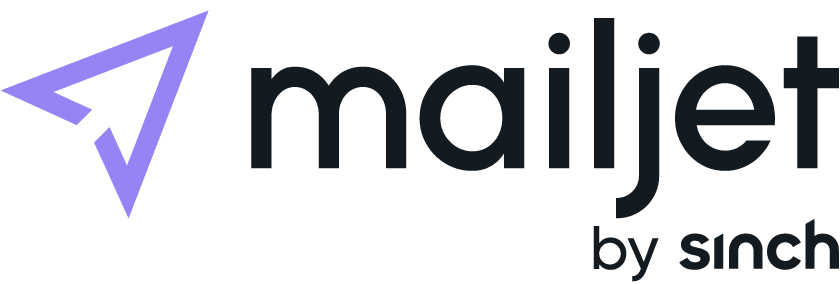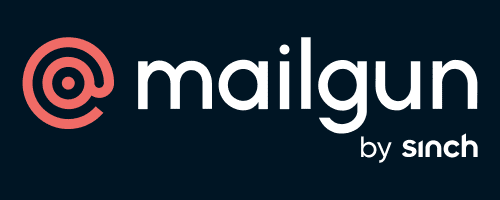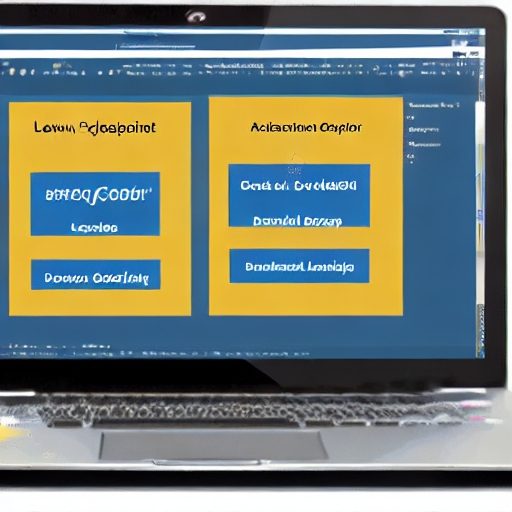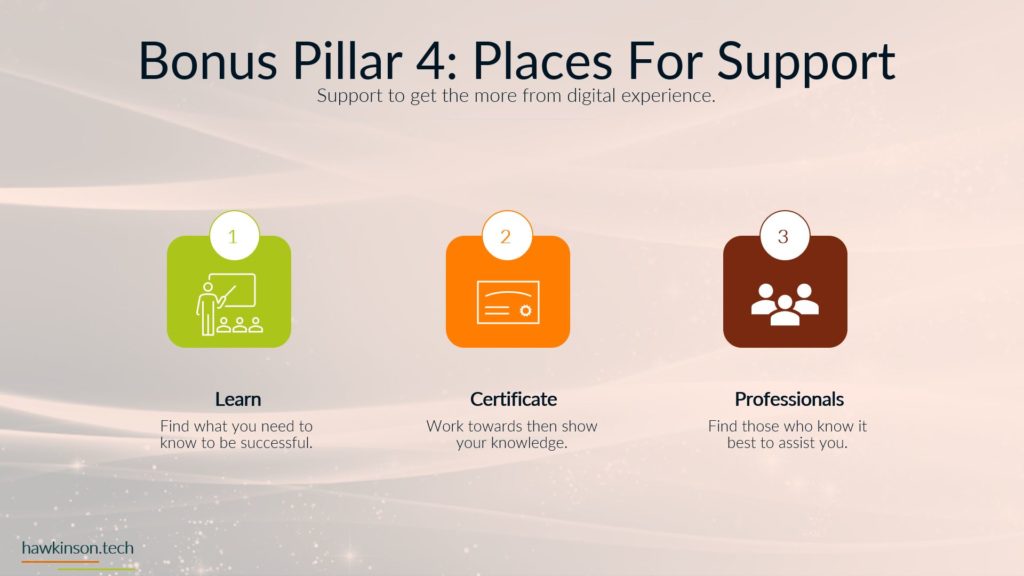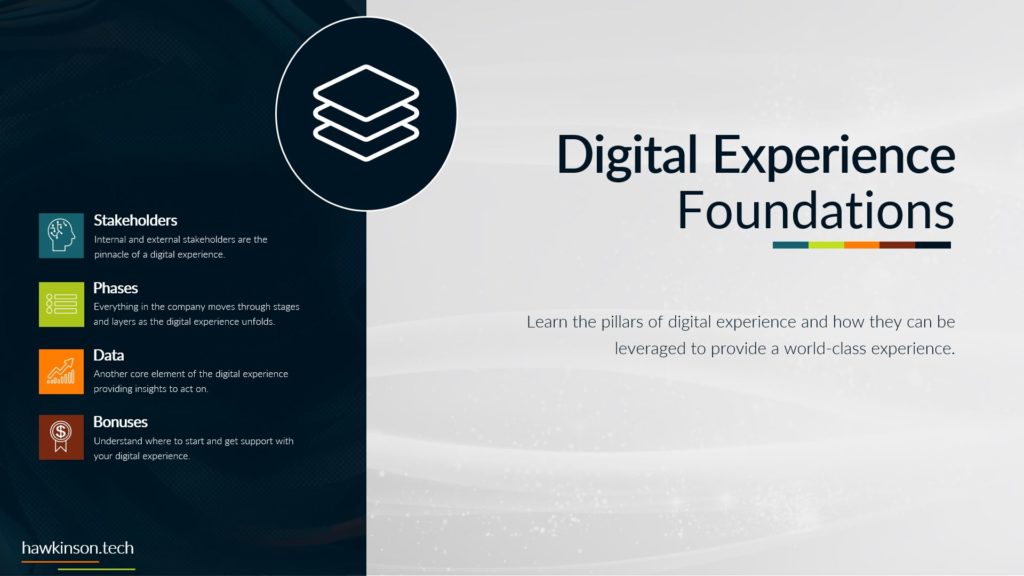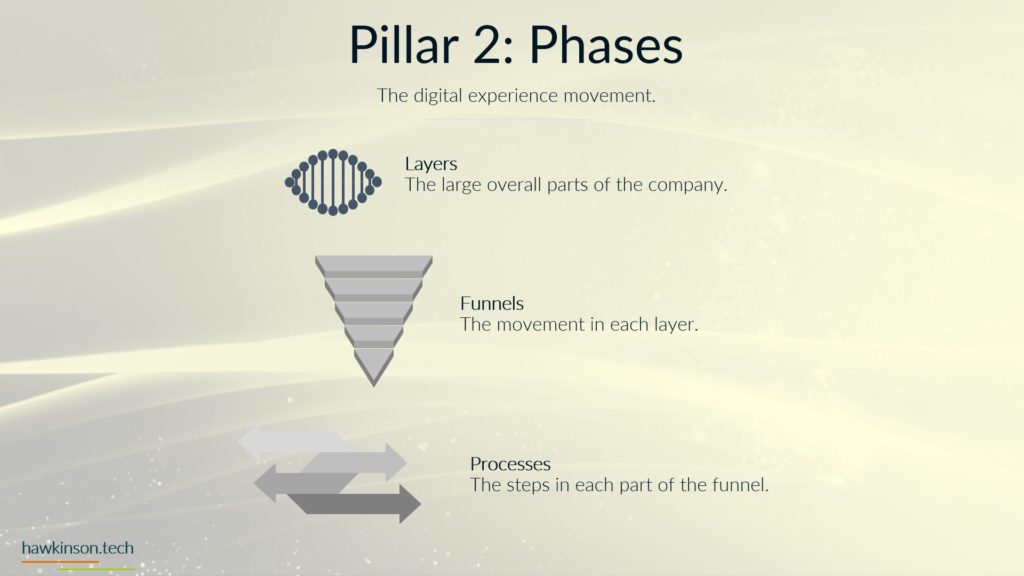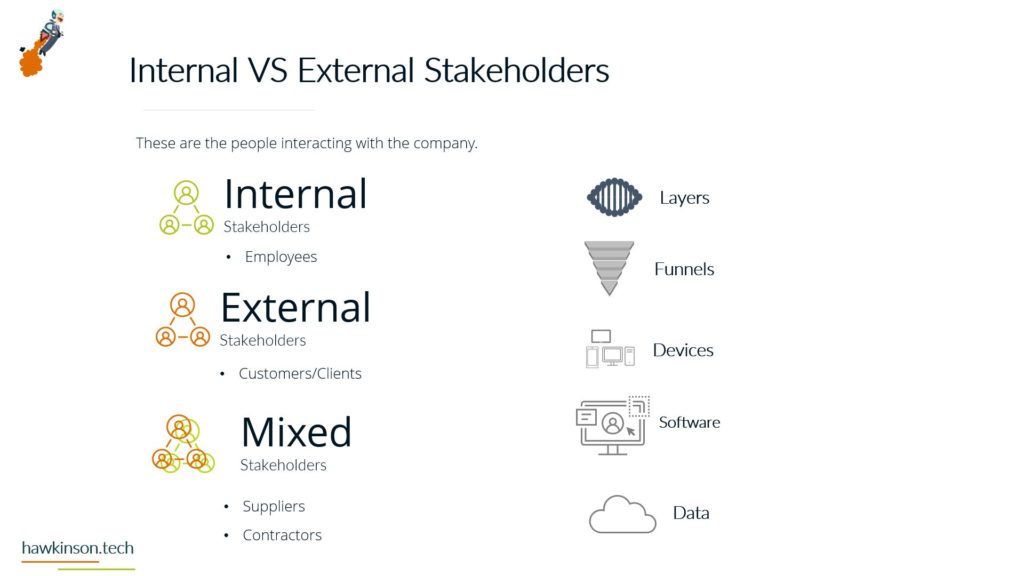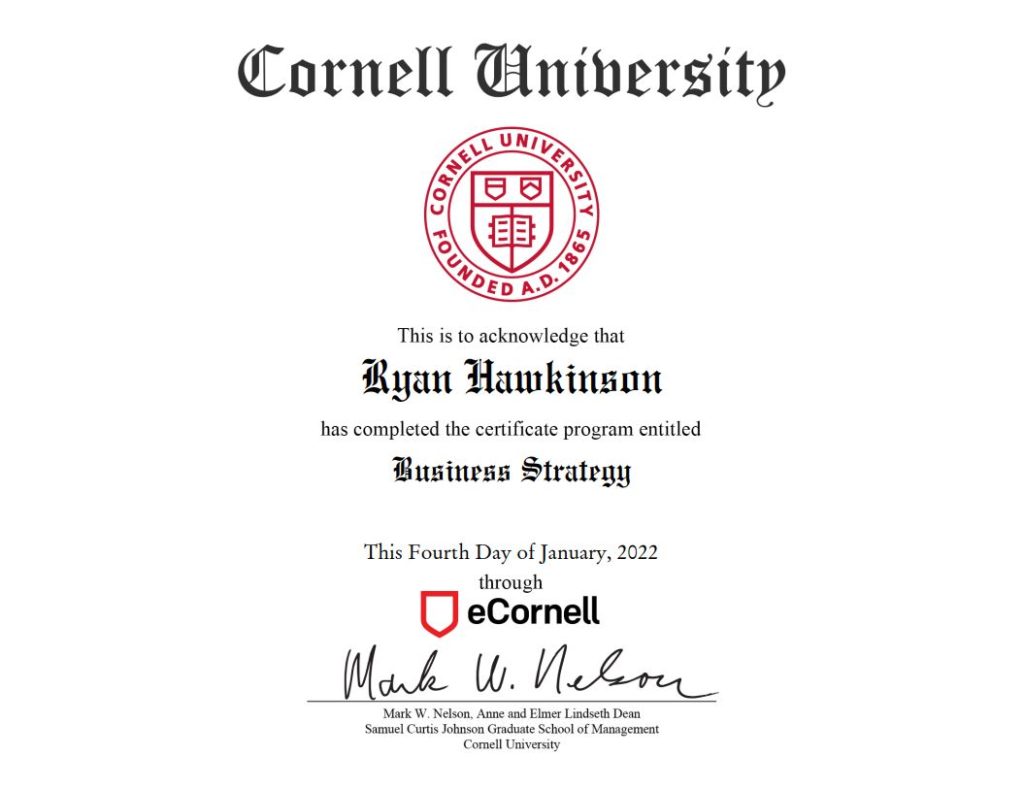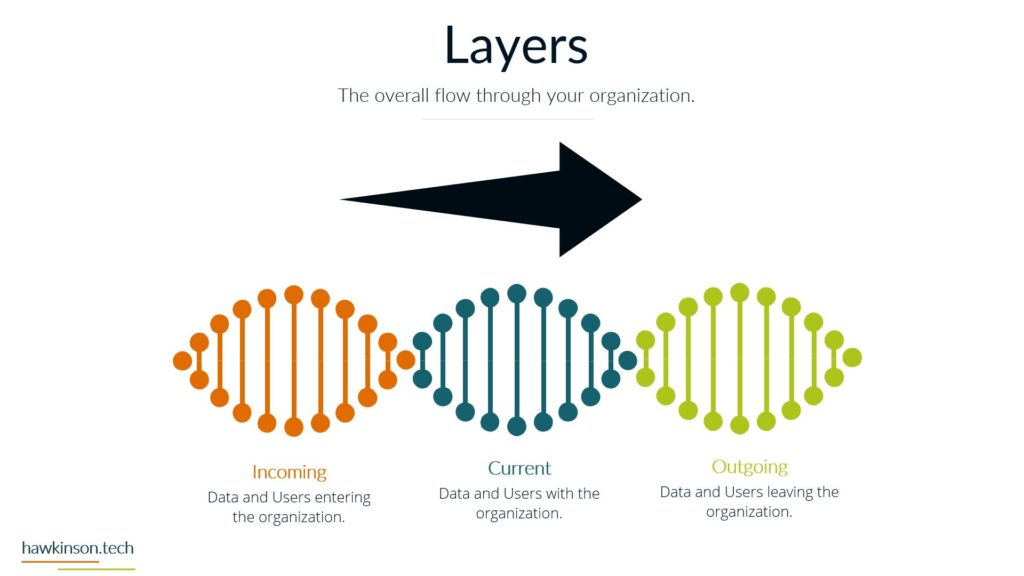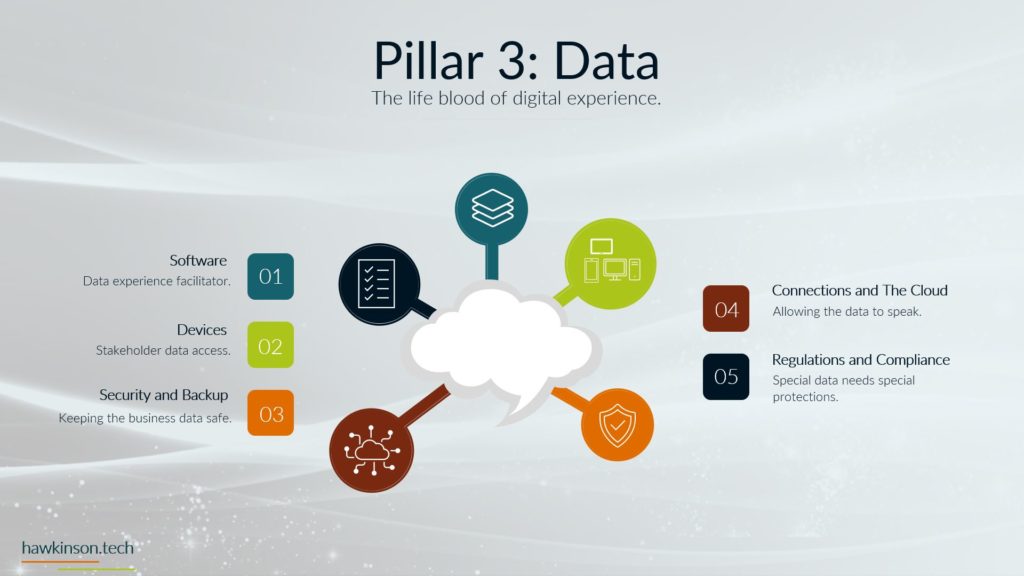Digital marketing has opened small businesses and content creators to many opportunities. However, you will soon find that creating a business website is the first step; many other things require your attention, especially content. Website content can help you attract visitors, improve conversion rates, and build customer trust.
However, you might find yourself running out of content ideas after some time. This is one of the biggest problems that business owners face when building small business websites. However, if you know the different ways to source content, you won’t be the one facing this problem.
To help you, we detailed different ways to source content so you don’t have to worry about running out of things to write about. Continue reading to find out more.
1. Turn Questions into Content
As you go about your business transformation, there might be many questions that you ask yourself, and many ask you about your niche. You might have found the answer to those questions, but it doesn’t mean that others have as well.
These questions and their answers become the perfect ways to source content for your website. Not only does this give you a gateway for new content, but it also allows you to add an FAQ page to your website, where visitors can seek answers to their questions.
2. Social Media
Social media bring you one of the best ways to source content. A big or small business advertising on social media can give you insights about you’re the type of content your competitors are using and the type of content your target audience is interested in.
There are several ways to source content on social media, some of which are mentioned below.
Your Followers
Read through the things your followers post that is specific to your niche. This can include posts, advertisements, hashtags, pictures, videos, and more. The information gives insight into what your target audience is interested in.
Industry Specific Groups
There are plenty of groups on Facebook or LinkedIn for any niche you want. These groups have everyone from professionals to beginners asking and answering questions and discussing the latest interests. You can get many ideas for content in such groups.
Try looking for groups that don’t allow article sharing since those are mostly spam and won’t give quality information.
Facebook Ad Library
Not many people know this, but Facebook ad libraries are one of the best ways to source content. Search for an industry-specific page on Facebook and look at its Ad library. The Ad library gives you information on all the ads they are running.
Most ads are backlinked to send you back to their page, which isn’t going to help. Instead, look for promoted pieces of content. If an industry in your niche is “boosting” content on Facebook, they have researched the content to be important.
3. Ask Your Audience
You want to find ways to source content for your target audience. What better way than to ask the said audience? Your content is built on what your audience wants, and they know best. There are two ways to source content by asking your audience: directly or indirectly.
Directly
Your website most likely has a subscription option that is part of your email marketing strategy. You can use that subscription list and email your audience directly about the content they would like to see or questions they would like answered.
Indirectly
You don’t have to ask them to find out what the audience will say. There are many ways to source content from your audience indirectly. One of the best ways is to read the comment section on your posts. While most comments might be generic without relevant information, some users ask questions or other information about your niche.
4. Websites of Competitors
One of the ways to find source content is to check your competitors. You can visit their websites and their blogs to find out the kind of content they have been writing recently. This is also one of the best ways to source many content topics in one go.
The best way would be to look at the top-ranking blogs or websites on search engines and get inspiration from them. However, do not copy the information word for word. You must keep your content relevant but unique.
Additionally, you can read through the comment sections of their blogs and see their FAQ page for a greater idea of what kind of content you need to write.
5. Forums
Internet forums have been around for a while but are still one of the best ways to source content ideas. Forums are platforms where people interested in a common topic get together to ask questions, discuss topics, share news, and more. You can get your content ideas from two kinds of forums:
General Forums
General forums such as Quora and Yahoo answers are some of the most popular platforms where people go to ask questions regarding any niche. You just have to type the topic of your niche into the search area, and it will give you all the questions people asked about it. Look for questions with the most answers, letting you know how many people are interested in the question.
Industry Specific Forums
While general forums are one of the ways to source content, industry-specific forums offer a higher quality of content that is more specific to your niche. Each industry has its platform where enthusiasts gather and discuss recent news and problems.
You can find these platforms by searching on google. Just type your industry and forum, and it will give you several options to choose from. Again, choose a topic with the most views and replies.
6. Topic Suggestion
While the above ways to source content are all great, they require ample time and concentration on your part. On the other hand, certain topic suggestions can make your life easier. By topic suggestion tools, we don’t mean looking for topic generators since they are seldom helpful and create the same topics for any niche you put it. Instead, we specifically mean two distinct ways to source content.
Keyword Research Tool
SEO has become a big part of digital business marketing, and most SEO content writers know the importance of keywords. You can use several tools to get the long-tail and short-tail keywords for your content. Each keyword is relevant to your niche, and you get an analysis of the keyword’s performance and click rates, telling you which keywords your audience is interested in.
These keywords provide one of the better ways to source content, as you can build your web content around the keyword.
Google Search
Google searches can give you great insights about relevant topics. Moreover, google search suggestions can do so even more. Since google suggestions allow the option to autofill a search bar based on the most searched terms, you can understand what topic to target next.
7. Get a Professional Content Creator
Finally, one of the best ways to the source content is to have someone else do it. Content creators are trained and experienced professionals in sourcing content and know how to go about it. They can give tens of a hundred suggestions based on your niche, audience, keywords, and more.
Bottom Line
There are plenty of ways to source content as long as you know how to think outside the box. Do not think a topic will be handed to you on a plate, but look for topics in places others wouldn’t think of. There is some helpful information in every nook and cranny of the internet, and you just have to find it.











